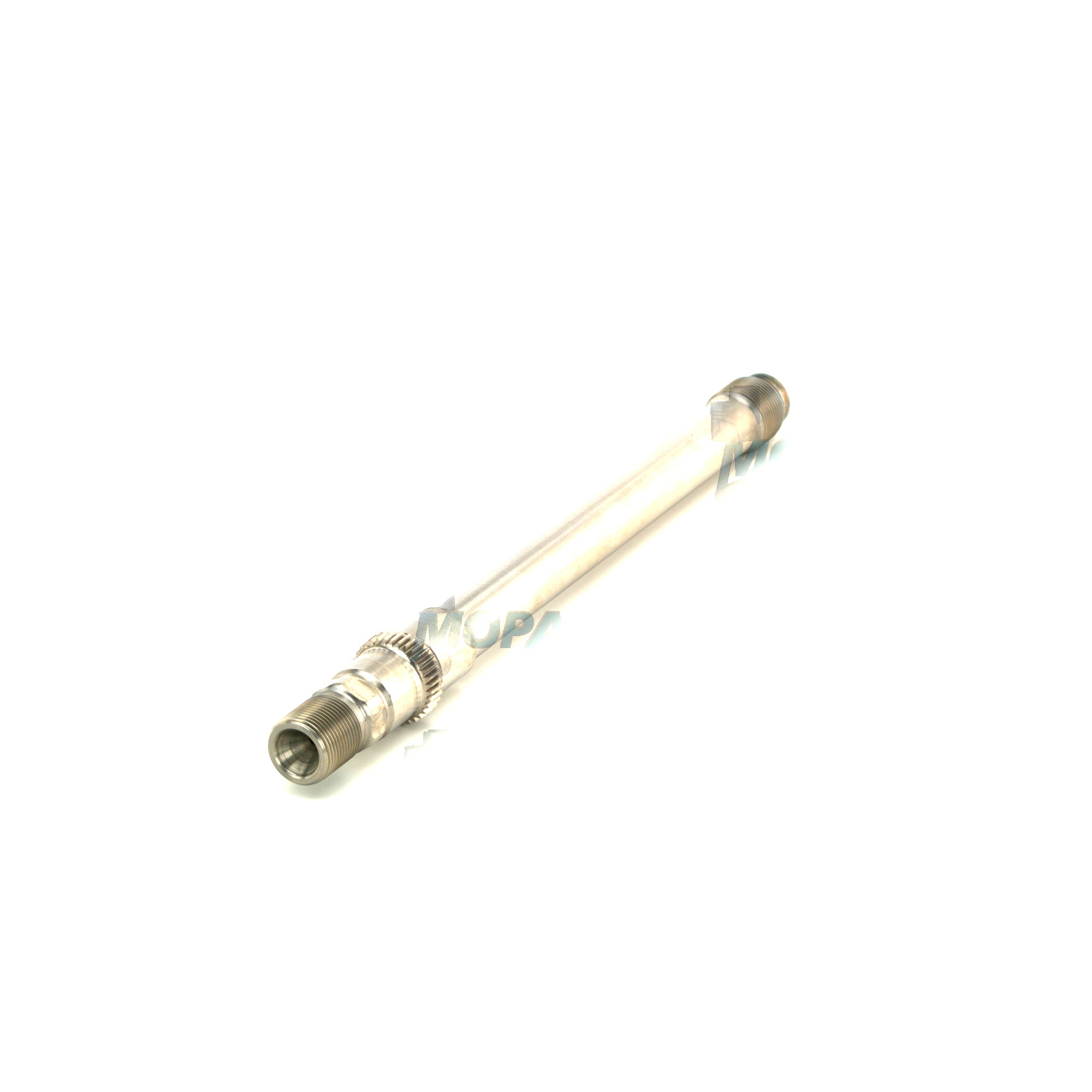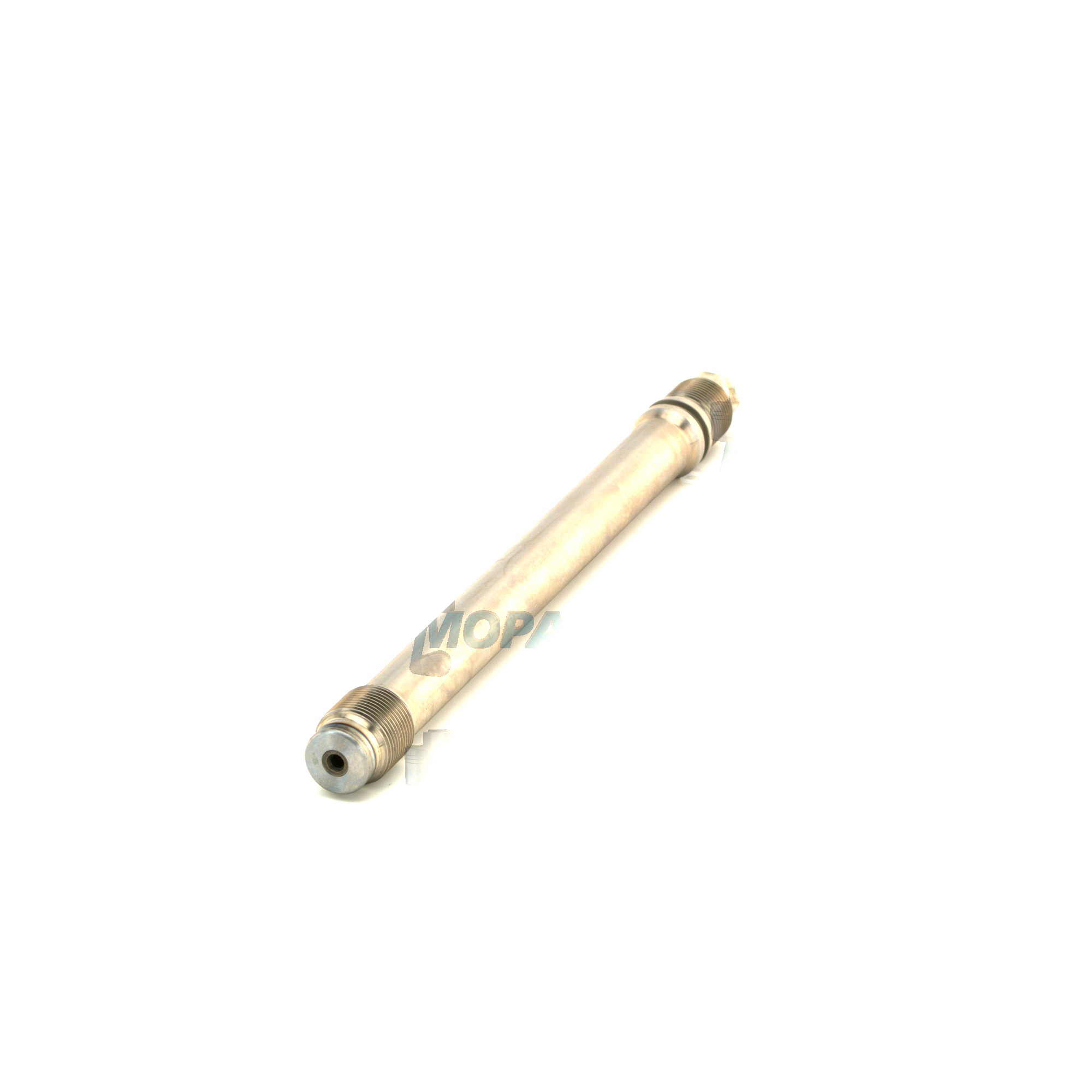SUPPLY PIPE solutions for Lines and pipes in marine and diesel engines
Lines and pipes are the circulatory system of any engine. This article category covers all rigid and semi‑rigid conduits that route fuel, lubricating oil, coolant, compressed air, and hydraulic media through the machine. From a fuel SUPPLY PIPE to high‑pressure injection lines, from lube oil feeds to turbocharger drains and coolant transfer pipes—each component ensures that media reaches the right place at the right time, at the correct pressure and flow. In marine engine rooms and industrial powerplants alike, well‑engineered lines and pipes are essential for performance, safety, and predictable lifecycle costs.
Technical function of Lines and pipes and the SUPPLY PIPE in a diesel engine
Within a diesel engine, lines and pipes form a closed, precisely dimensioned network that maintains flow stability under vibration, thermal expansion, and pulsating loads. A fuel SUPPLY PIPE for a diesel engine typically routes conditioned fuel from service tank or day tank through filters and transfer pumps to the high‑pressure pump or common‑rail accumulator. Downstream, high‑pressure injection lines deliver fuel to injectors with minimal pressure drop and controlled elasticity to maintain injection timing. In a marine engine, oil SUPPLY PIPE segments feed main bearings, camshaft bushes, and turbochargers, while coolant pipes manage jacket‑water and charge‑air cooling circuits. Air and hydraulic pipes support starting systems, actuation, and control.
Engineering detail matters. Materials are selected for medium compatibility and environment: seamless carbon steel for high‑pressure fuel, 316L stainless in corrosive atmospheres, and CuNi 90/10 for seawater exposure. Wall thickness, bending radius, and support spacing are designed to resist fatigue from engine‑order excitation. Flared, cone, or swaged ends interface with standardized fittings (DIN/ISO/SAE), while double‑walled fuel pipes with leak detection are common on marine engines to elevate fire safety. Cleanliness standards and internal surface finish help prevent injector fouling and valve sticking. Expansion loops, sleeves, and correctly tuned clamps mitigate thermal growth and vibration.
- · Precise routing for fuel, oil, coolant, air, and hydraulics.
- · Engineered materials: carbon steel, stainless, CuNi for marine duty.
- · Rated for pressure, temperature, and pulsation in service.
- · Vibration‑resistant supports, dampers, and clamp systems.
- · Fire‑safety concepts such as double‑walled fuel SUPPLY PIPE on marine engines.
- · Standardized end connections for reliable sealing and serviceability.
- · Cleanliness control to protect injectors, pumps, and valves.
- · Hydrostatic and NDT testing for integrity and compliance.
Importance of Lines and pipes for engine reliability and service life
Lines and pipes directly dictate reliability. Any defect in a SUPPLY PIPE—micro‑cracks from vibration, chafe at a clamp, or corrosion pitting—can lead to leaks, pressure loss, or air ingress. In fuel systems, even small aeration disrupts injection events, increasing emissions, smoke, and fuel consumption. In lubrication circuits, a restricted oil SUPPLY PIPE can accelerate bearing wear and turbocharger damage. Coolant pipe blockages or wall loss risk overheating, cylinder liner cavitation, and gasket failures. For marine engines, uncontrolled fuel leaks elevate fire risk and can trigger class non‑conformities. Long‑term degradation mechanisms include chloride‑induced stress corrosion in stainless steels, erosion‑corrosion from high‑velocity flows, and fretting at supports.
Early indicators—drip marks, sheen near unions, changes in pump suction pressure, or localized temperature rise—should trigger inspection. Preventive actions include verifying torque on fittings, renewing clamps with proper elastomer inserts, replacing aged SUPPLY PIPE sections, and adhering to OEM cleaning and pressure‑test procedures. Keeping the line network within design tolerances preserves performance, extends service intervals, and stabilizes total cost of ownership.
Advantages of OEM spare parts suitable for Lines and pipes and SUPPLY PIPE
OEM spare parts suitable for a SUPPLY PIPE or the broader lines and pipes network deliver dimensional accuracy, validated metallurgy, and certified pressure ratings that match the engine maker’s specification. That precise fit means unions seat correctly, bend geometry clears hot surfaces, and support points align with brackets—critical to avoid stress concentrations and vibration hot spots. For fuel systems, OEM parts maintain calibrated internal volume and elasticity in high‑pressure segments, preserving injection timing and engine efficiency. For lube oil and coolant circuits, correct wall thickness and coating systems ensure stable flow and corrosion resistance over long service intervals.
Documentation and traceability are equally important for purchasers and shipowners. With OEM parts, batch testing, material certificates, and conformity to marine class and safety guidelines are transparent—facilitating compliance audits and port‑state controls. Supply consistency shortens downtime: the right SUPPLY PIPE OEM parts fit first time, reduce rework, and help keep budgets predictable across overhaul cycles. In mixed diesel and gas engine fleets, standardized OEM interfaces also simplify inventory and maintenance planning.
SUPPLY PIPE OEM parts for marine engine and gas engine applications
Whether specifying a fuel SUPPLY PIPE for a common‑rail marine engine, a lube oil feed on a medium‑speed diesel engine, or coolant lines for a gas engine genset, complying with the engine manufacturer’s geometry, materials, and testing regime is essential. Correctly engineered radius bends, end forms, and surface treatments ensure tight sealing, minimal pressure loss, and long fatigue life in demanding duty cycles.
MOPA as your partner for OEM SUPPLY PIPE and Lines and pipes
MOPA is an experienced and reliable partner for OEM spare parts suitable for Lines and pipes. The team sources and supplies SUPPLY PIPE OEM parts for diesel and gas engines with speed, quality, and security. Purchasers benefit from rapid identification of part numbers, competitive lead times from established OEM networks, and consolidated logistics tailored to ship schedules. Each delivery emphasizes cleanliness, protective packaging, and clear documentation to support compliance and smooth installation.
From single injector SUPPLY PIPE sections to complete pipework kits with clamps, gaskets, and fittings, MOPA helps technical decision‑makers minimize downtime and risk. Application support includes cross‑checking engine serials, advising on material selections for marine environments, and coordinating pressure‑test requirements before dispatch when applicable.
Conclusion on SUPPLY PIPE and Lines and pipes
Lines and pipes—including every SUPPLY PIPE in fuel, oil, and coolant circuits—are mission‑critical components that underpin engine performance, efficiency, and safety. Specifying and maintaining the correct parts protects reliability and lifecycle economics. Choosing OEM spare parts suitable for Lines and pipes ensures precise fit, proven materials, and consistent quality—so your diesel and gas engines operate as designed across harsh marine and industrial conditions.





